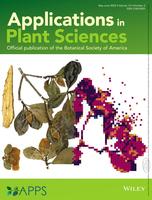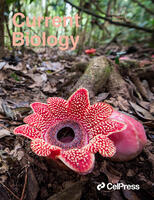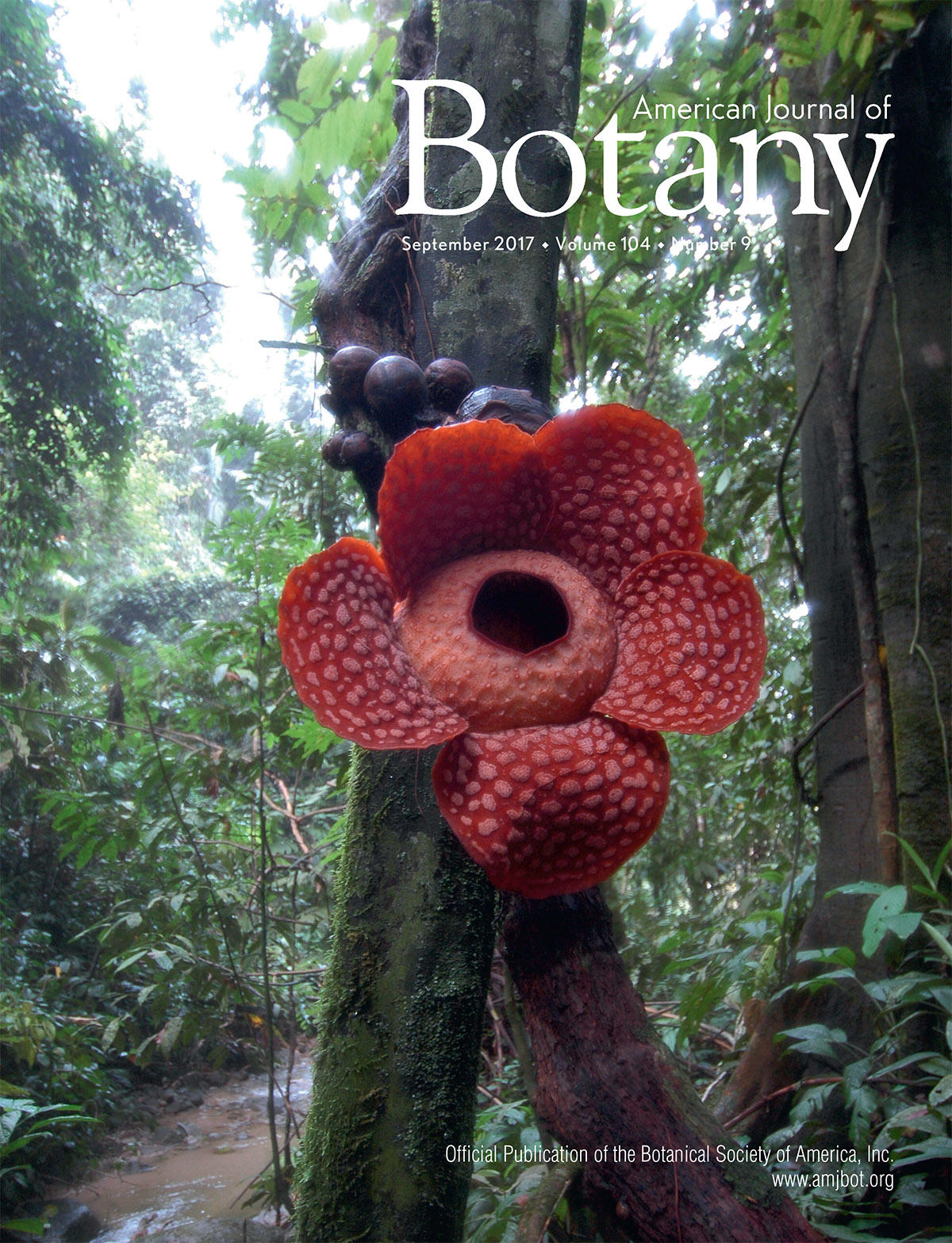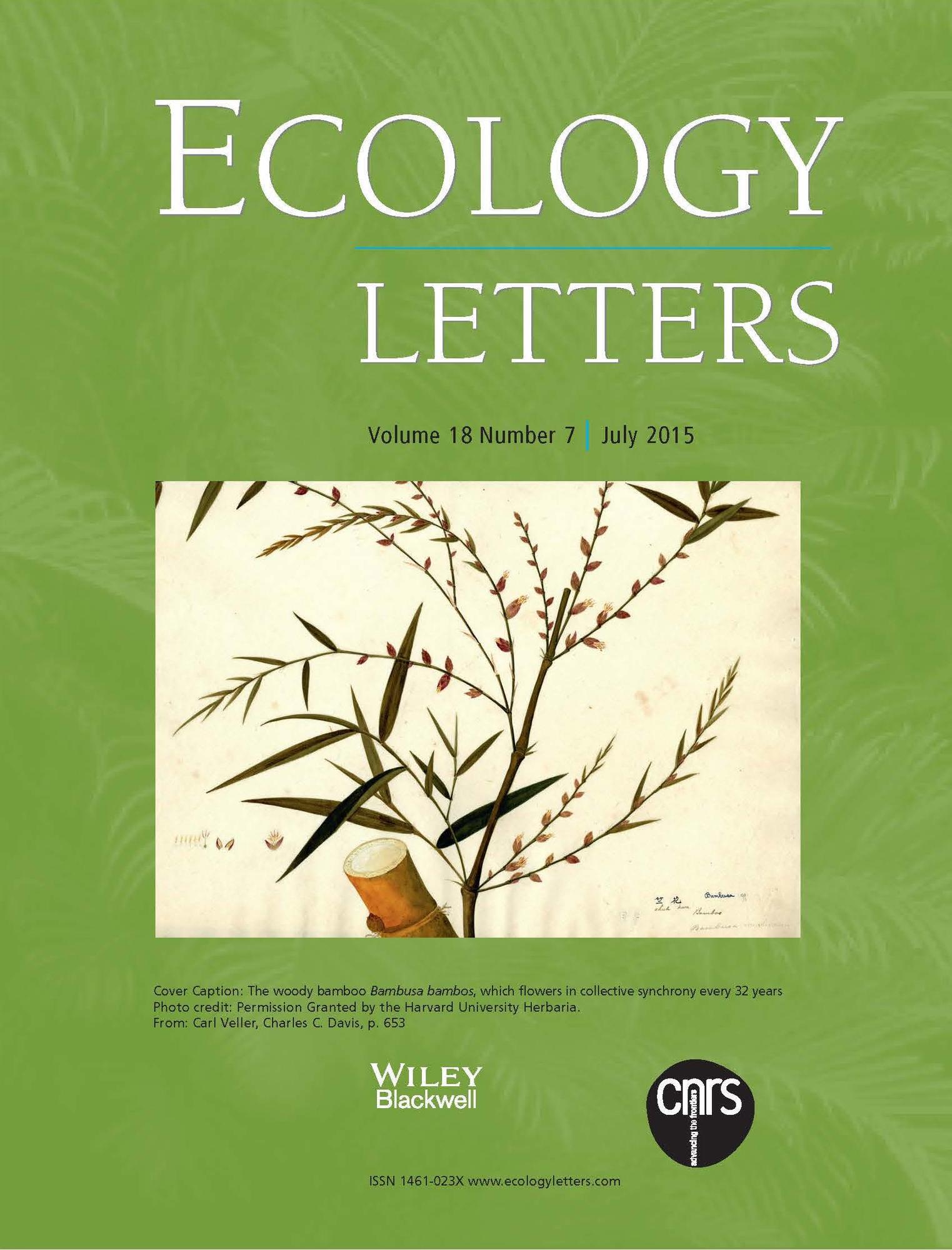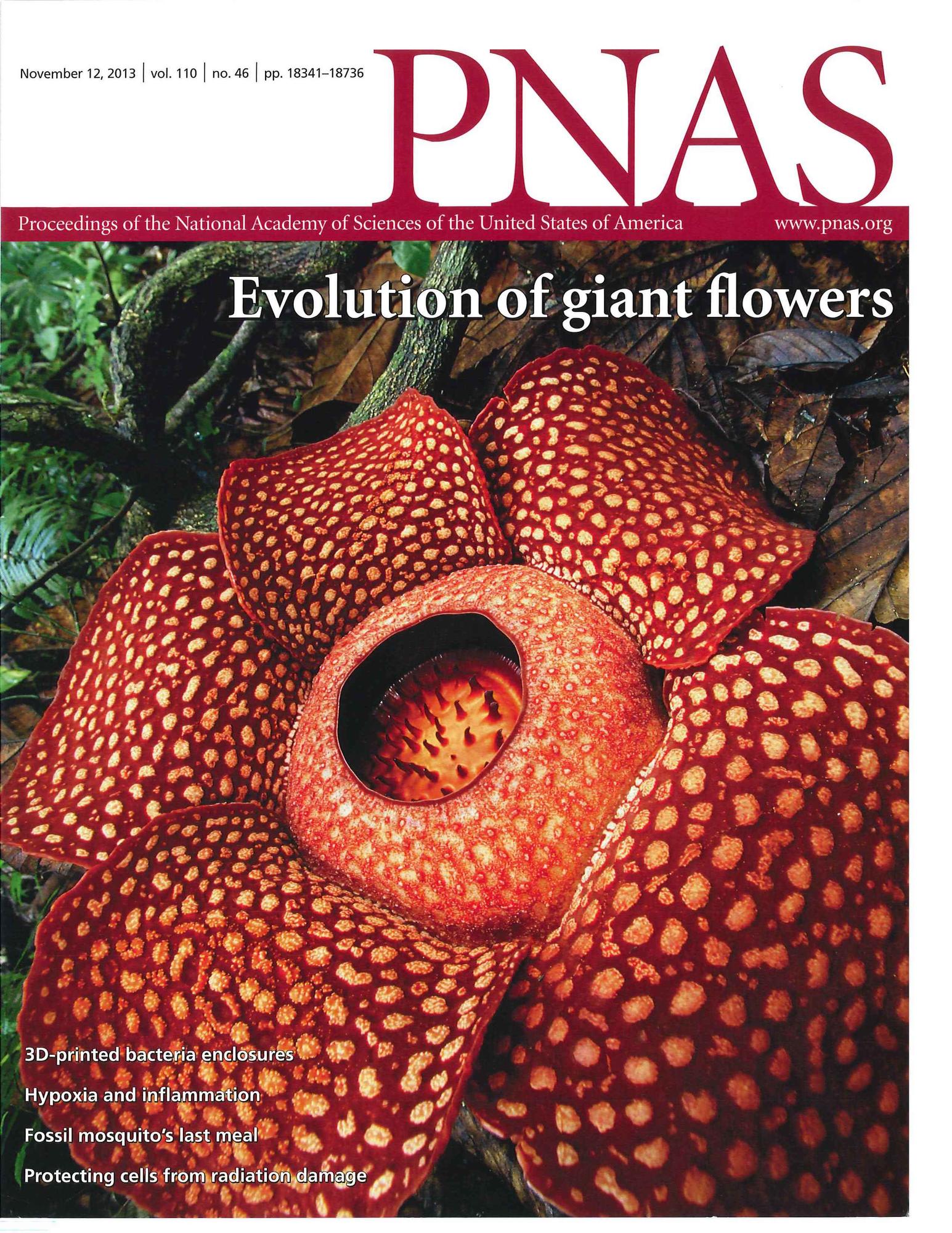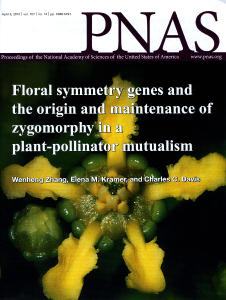Citation:
| 1.8 MB |
Abstract:
PREMISE OF THE STUDY: The Malpighiaceae include approximately 1300 tropical flowering plant species in which generic definitions and intergeneric relationships have long been problematic. The goals of our study were to resolve relationships among the 11 generic segregates from the New World genus Mascagnia, test the monophyly of the largest remaining Malpighiaceae genera, and clarify the placement of Old World Malpighiaceae. * METHODS: We combined DNA sequence data for four genes (plastid ndhF, matK, and rbcL and nuclear PHYC) from 338 ingroup accessions that represented all 77 currently recognized genera with morphological data from 144 ingroup species to produce a complete generic phylogeny of the family. * KEY RESULTS AND CONCLUSIONS: The genera are distributed among 14 mostly well-supported clades. The interrelationships of these major subclades have strong support, except for the clade comprising the wing-fruited genera (i.e., the malpighioid+Amorimia, Ectopopterys, hiraeoid, stigmaphylloid, and tetrapteroid clades). These results resolve numerous systematic problems, while others have emerged and constitute opportunities for future study. Malpighiaceae migrated from the New to Old World nine times, with two of those migrants being very recent arrivals from the New World. The seven other Old World clades dispersed much earlier, likely during the Tertiary. Comparison of floral morphology in Old World Malpighiaceae with their closest New World relatives suggests that morphological stasis in the New World likely results from selection by neotropical oil-bee pollinators and that the morphological diversity found in Old World flowers has evolved following their release from selection by those bees.
Notes:
Davis, Charles CAnderson, William Reng2011/05/28 06:00Am J Bot. 2010 Dec;97(12):2031-48. doi: 10.3732/ajb.1000146.

